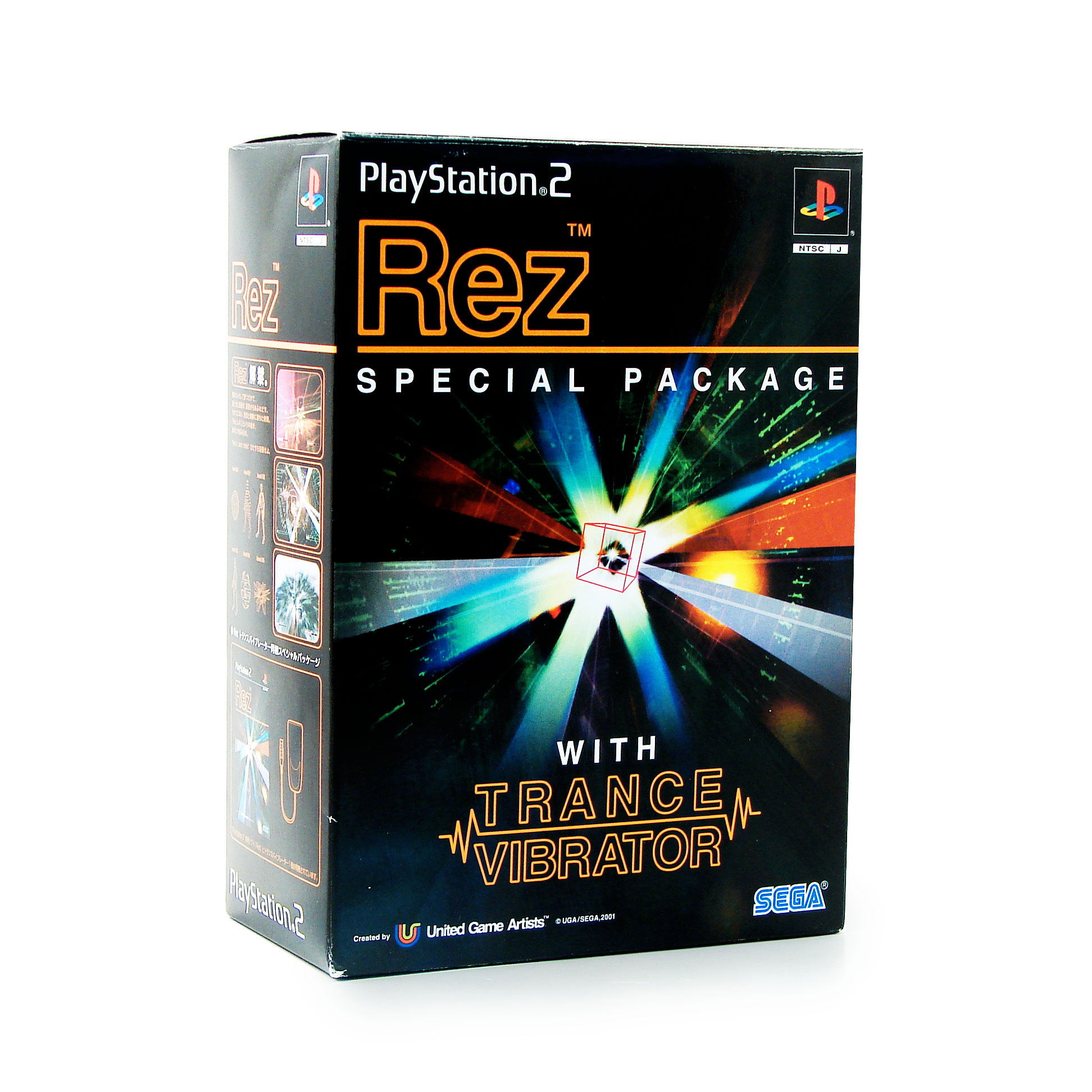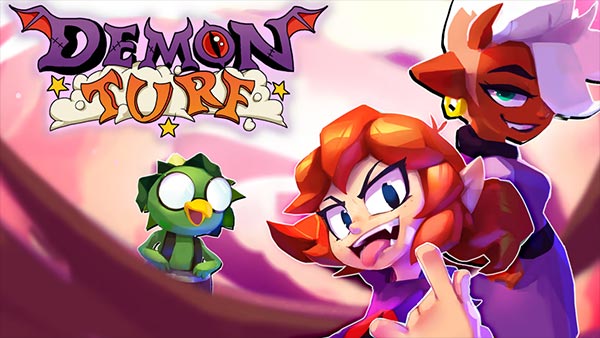
Makaitoushi SaGa allowed players to travel through different worlds and it was also the earliest example of memento mori in video games. Since the original Makaitoushi SaGa, much of the series has relied on loosely-connected stories and sidequests rather than an epic narrative.

Given the open-ended aspect of gameplay and the ability to play through multiple character scenarios, heavy emphasis is placed upon the replay value of SaGa games. It also features a similar turn-based battle system, where a character's prowess is driven by numerical values called " statistics" which, in turn, increase with combat experience.

The early games in the series also feature some common gameplay elements and themes first established in Final Fantasy, such as random enemy encounters, but most of these disappear with the Romancing SaGa games, providing a unique gameplay experience. The SaGa series is also considered a successor to Final Fantasy II, which introduced a more open-ended activity-based progression system that was abandoned by later Final Fantasy games but embraced by Makaitoushi SaGa ( Final Fantasy Legend), which expanded it with weapons that shatter with repeated use and added new ideas such as a race of monsters that mutate depending on which fallen foes they consume. Like the Final Fantasy series, however, the story in each SaGa game is independent of its counterparts. The SaGa series emphasizes nonlinear gameplay and open world exploration, with its open-ended branching plot and free style of character development separating it from the more linear Final Fantasy series.

Akitoshi Kawazu and Production Team 2 are devoted to the Final Fantasy Crystal Chronicles series. Although the series has been long-running, as of 2008 none of the ten production teams at Square Enix is assigned to the franchise.

There are currently nine games in the SaGa series, along with several ports and enhanced remakes.


 0 kommentar(er)
0 kommentar(er)
